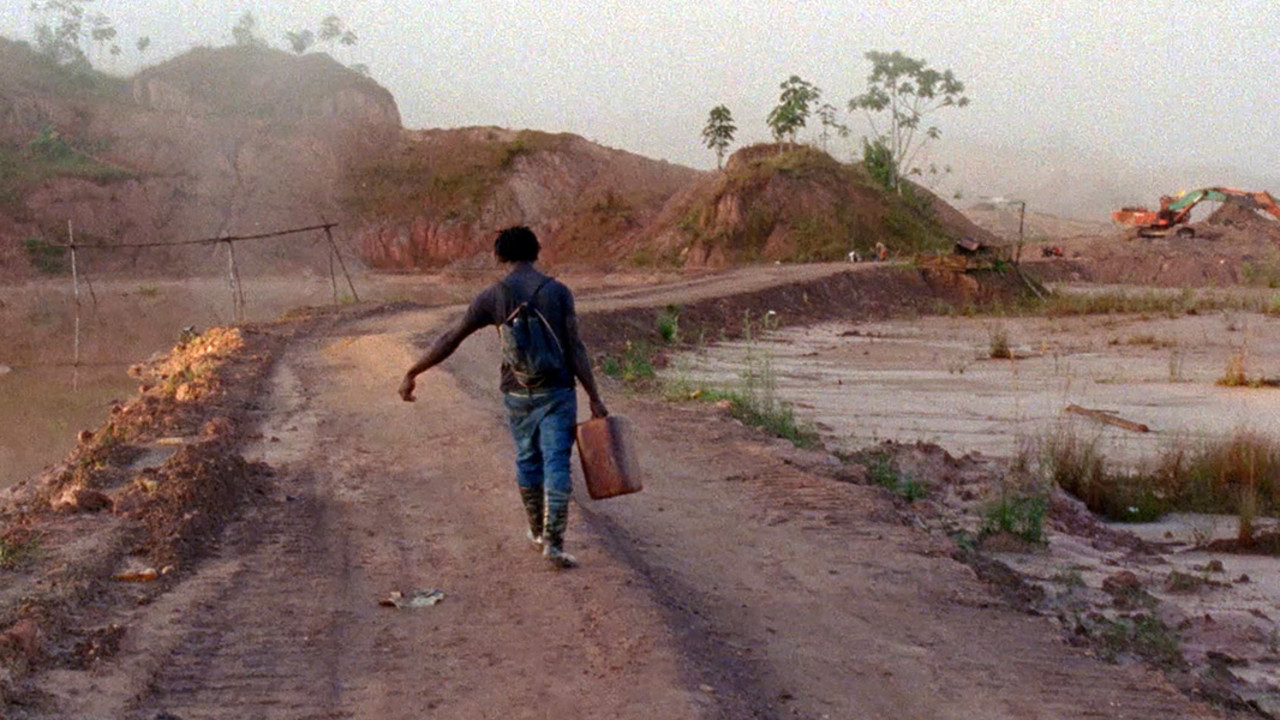Ben Russell continues his explorations in speculative ethnography with this bifurcated study of two mines: a subterranean, state-owned and-operated copper mine in Serbia, and a small-scale, collective-run open-air gold mine in Suriname, restoring visibility to an often unseen labour force.

Wavelengths favourite Ben Russell continues his explorations in speculative ethnography with this surprisingly moving, bifurcated study of two mines: a subterranean, state-owned and operated copper mine in Bor, Serbia, and a small-scale, collective-run open-air gold mine that hovers on the border of legality in the Brokopondo district, Suriname. Stunningly shot on Super 16mm in colour and black and white (with Steadicam contributions from stalwart operator Chris Fawcett), Good Luck restores visibility to an often unseen labour force, a precarious and politically charged product of our increasingly globalized world.
Capturing the people at work in the depths of the 400-foot underground shaft and in the blazing tropical sun, and punctuating this footage with frontal portraits of some of the miners recorded by a tripod-mounted camera (each sitter pressed start and stop on the camera themselves, resulting in charming and disarming moments of candour), Good Luck sets up a number of dichotomies — north/south, dark/ light, movement/stasis, etc. — within its two-part structure, echoing the inherent doubling of the camera's imagistic representation of the people and objects it records. Seemingly simple in its construction, Good Luck is both epic and intimiste as it explores how collective solidarity can arise from harsh conditions and alienated labour, finding in physical gestures the outward expressions of perseverance and hope. On a visceral level, this is a film about men, bodies, and proximity, and it marks an important and exciting contribution to a subject that has been wedded to cinema since the medium's inception: physical labour.
ANDREÁ PICARD
Screenings
Scotiabank 8
Bell Lightbox 3
Jackman Hall